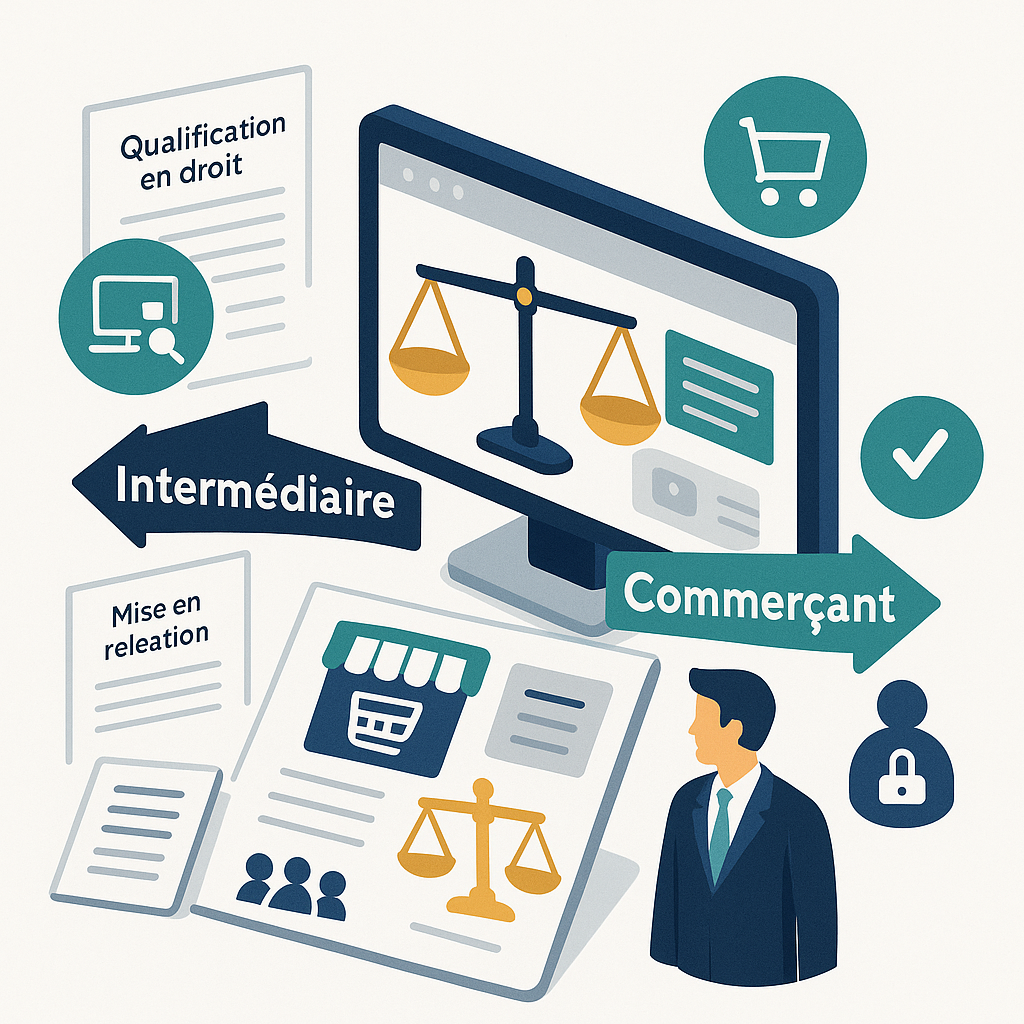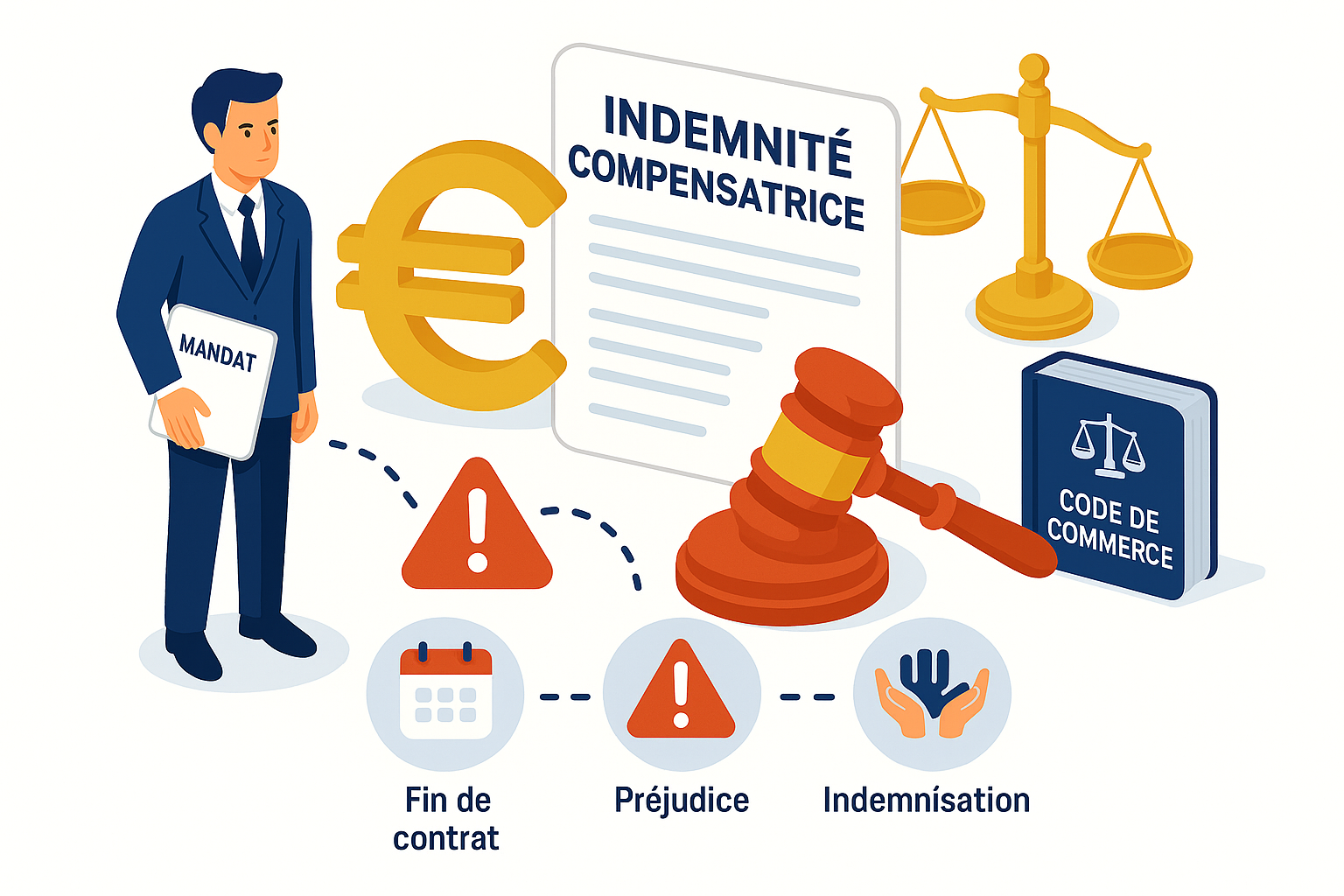Directive (EU) 2019/882, commonly known as the European Accessibility Act, represents a significant step forward in harmonizing accessibility requirements within the European Union. This legislation aims to ensure that a range of products and services, from vending machines and banking services to e-commerce platforms, are accessible to all, particularly people with disabilities. Through this initiative, Europe has set itself the goal of removing the barriers that hinder the inclusion of people living with disabilities in everyday life and the digital economy.
If you need an e-commerce lawyer, contact me!
1. What are the key requirements of the European Accessibility Act?
The European Accessibility Act (Directive (EU) 2019/882) sets out a clear regulatory framework to ensure that products and services are accessible to a wide population, including people with disabilities. One of the key aspects of this legislation is the need to design products to be accessible, incorporating features from the outset that facilitate their use by all, without exception. This framework encompasses various fields, including information and communication technology, transport services and even public infrastructure.
At the heart of this directive is the requirement that all products and services must be designed to maximize their foreseeable use by people with disabilities. This means that accessible information about operation and accessibility features must accompany these products. For example, vending machines and payment terminals, essential in our daily lives, must comply with these standards to ensure that everyone can access them without difficulty.
In Ireland, this directive has been incorporated into national legislation through the Irish Regulations (SI No. 636/2023), which detail the specific requirements that must be met by these products and services. The timetable for implementation, set for June 28, 2025, will mark the start of a new era in which compliance with accessibility standards will become mandatory.
Transitional measures are also noteworthy: until June 28, 2030, service providers will be able to continue using products that already comply with current legislation, giving them time to prepare for the new obligations. In addition, products that comply with EU harmonized standards are presumed to be compliant with the directive, offering a clear path to compliance.
This approach aims not only to protect the rights of people with disabilities, but also to encourage greater participation by all in the digital and everyday economy. By putting in place these key requirements, the European Accessibility Act strives to combine accessibility and innovation, ensuring that technological evolution leaves no one behind.
It is imperative for organizations to familiarize themselves with these requirements to ensure compliance. The next phase of this process will highlight how Irish legislation applies these principles to the implementation of the European Accessibility Act.
2. How does French legislation implement the European Accessibility Act?
The implementation of the European Accessibility Act (EAA) in France represents a strong commitment to universal accessibility in all sectors of society. The French legal framework, which transposes the European directive via Ordinance no. 2022-560 of April 13, 2022 and the forthcoming implementing decree, details both the technical requirements and the obligations incumbent on manufacturers and service providers.
One of the key elements of this scheme is the obligation for companies to carry out a risk assessment of the inaccessibility of their products and services. This analysis identifies the barriers that people with disabilities may encounter. Companies must then put in place appropriate internal procedures to remedy these obstacles, ensuring that their products and services meet the accessibility standards defined by European and French regulations.
At the same time, the law requires greater transparency. Compliant products and services must be clearly identifiable, with user information accessible to all. This includes the adaptation of instructions for use and digital interfaces, which must be designed in clear, simple and understandable language, accompanied by explicit visual aids to guarantee an inclusive experience for all users. These requirements apply particularly to e-commerce players and marketplaces, who must adapt their platforms.
Furthermore, companies need to anticipate changing societal expectations in terms of accessibility. Consumers are increasingly sensitive to these issues, and organizations that fail to comply with these obligations expose themselves not only to legal risks, but also to reputational ones. By integrating the requirements of the European Accessibility Act, they demonstrate not only their regulatory compliance, but also their commitment to inclusion and equal rights.
The French legislator has introduced transitional measures, giving companies time to adapt. Until June 28, 2030, they are authorized to continue marketing products that meet the previous standards, while preparing for compliance with the new obligations imposed by the European directive.
Finally, control mechanisms are provided for to guarantee the effectiveness of these regulations. Sanctions are applicable in the event of non-compliance with accessibility requirements, reaffirming the responsibility of economic players in the application of this legislation.
This crucial step towards compliance will speed up the practical integration of European accessibility standards into the daily lives of disabled people. The precision and stringency of French legislation paves the way for a fully inclusive society, meeting the specific needs of everyone.
This ambitious but essential adaptation process represents a major lever for promoting equal opportunities at the heart of the European economy. The next section explores the consequences of non-compliance with these regulations.
3. What are the consequences of non-compliance with the Accessibility Act?
Compliance with the European Accessibility Act (EAA) is a crucial issue for companies and organizations operating in the sectors covered by the legislation. In France, this European directive was transposed by Ordinance no. 2022-550 of April 13, 2022, supplemented by implementing regulations specifying the obligations and penalties incurred in the event of non-compliance with accessibility requirements.
Failure to comply with the accessibility rules imposed by the EAA exposes companies to administrative and penal sanctions. Under the terms of the Ordinance, the competent national authority - in France, the Direction Générale de la Concurrence, de la Consommation et de la Répression des Fraudes (DGCCRF) - is empowered to monitor the compliance of products and services with accessibility requirements. In the event of non-compliance, administrative fines of up to €75,000 may be imposed on legal entities, in accordance with the provisions of the French Consumer Code.
What's more, company directors can be personally prosecuted if they are found to have knowingly allowed non-compliance to persist. This highlights the direct responsibility of decision-makers in implementing legal obligations, underlining the need to raise awareness and train internal teams on accessibility issues and standards.
In addition, French legislation provides for an individual complaints mechanism: consumers with disabilities can report breaches to the DGCCRF or take their case to the civil courts to obtain injunctions to do or cease, or even damages. This strengthens the pressure on economic operators to ensure effective compliance with accessibility rules.
But beyond the legal risks, non-compliance also has major reputational impacts. In an environment where consumers are increasingly attentive to the inclusiveness of products and services, companies that neglect these issues expose themselves to a loss of customer confidence and public criticism. Conversely, anticipating and integrating EAA requirements not only avoids sanctions, but also enhances the company's commitment to inclusion.
It is therefore essential for organizations to become fully aware of the importance of their responsibility in terms of accessibility, and to take proactive steps to ensure the compliance of their products and services. This shift towards accessibility, far from being a simple regulatory constraint, represents a genuine strategic opportunity. It contributes to innovation and value creation, while promoting the inclusion of people with disabilities and, more broadly, improving the user experience for all.




